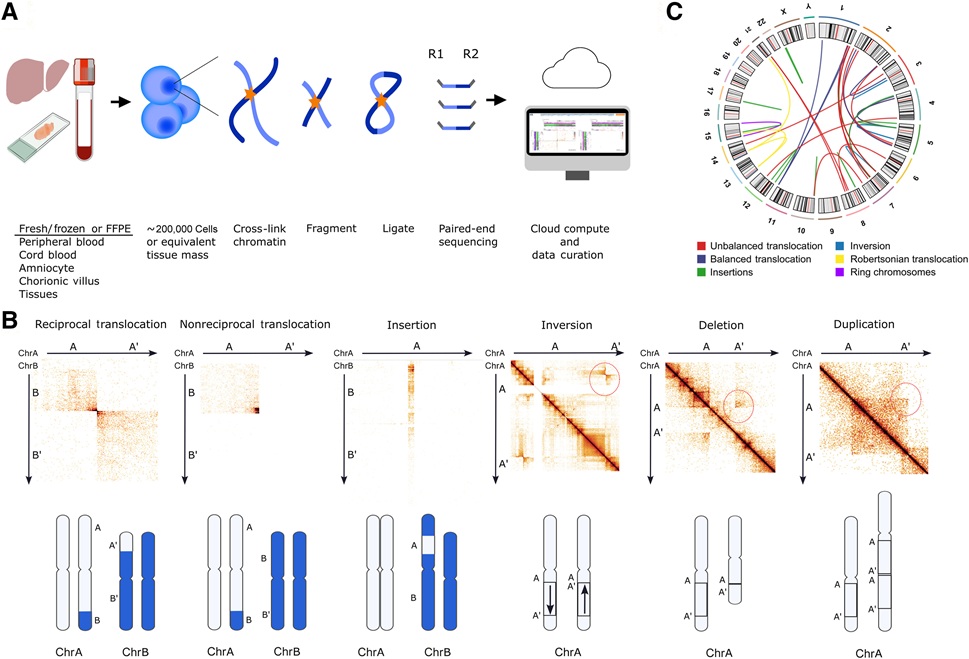MicroRNA Deficiency Points to Increased Lung Cancer Risk
By LabMedica International staff writers
Posted on 06 Nov 2013
A species of microRNA (miRNA) has been identified that acts as a regulator for the normal development of airway epithelial tissue but is less abundant in individuals, especially smokers, who had developed lung cancer.Posted on 06 Nov 2013
MiRNAs are snippets of about 20 nucleotides that block gene expression by attaching to molecules of messenger RNA (mRNA) in a fashion that prevents them from transmitting the protein synthesizing instructions they had received from the DNA.
Investigators at the Boston University School of Medicine (MA, USA) used next-generation sequencing of small RNAs in the airway to identify microRNA 4423 (miR-4423) as a primate-specific miRNA associated with lung cancer. MiR-4423 was expressed primarily in the mucociliary epithelium.
Results of the study linked abundant levels of miR-4423 to normal cell growth and differentiation, while its lack was linked to cancer development. For example, the endogenous expression of miR-4423 increased as bronchial epithelial cells underwent differentiation into mucociliary epithelium in vitro, and its overexpression during this process caused an increase in the number of ciliated cells. Expression of miR-4423 was reduced in most lung tumors and in cytologically normal epithelium of the mainstem bronchus of smokers with lung cancer. In addition, expression of miR-4423 in a subset of lung cancer-cell lines reduced their anchorage-independent growth and significantly decreased the size of the tumors formed in a mouse xenograft model. Finally, overexpression of miR-4423 induced a differentiated-like pattern of airway epithelium-gene expression and reversed the expression of many genes that are altered in lung cancer.
"These results suggest measuring the levels of microRNAs like miR-4423 in cells that line the airway could aid in lung cancer detection through a relatively noninvasive procedure," said senior author Dr. Avrum Spira, professor of medicine at the Boston University School of Medicine.
The study was published in the October 24, 2013, online edition of the journal Proceedings of the National Academy of Sciences of the United States of America (PNAS).
Related Links:
Boston University School of Medicine














